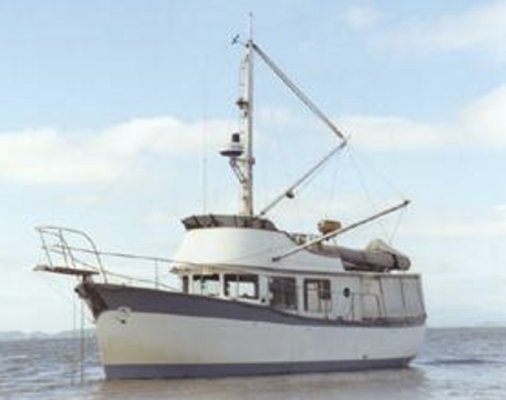mvweebles
Guru
- Joined
- Mar 21, 2019
- Messages
- 7,240
- Location
- United States
- Vessel Name
- Weebles
- Vessel Make
- 1970 Willard 36 Trawler
Several Willard 40 owners have installed roll chocks and reported satisfactory results. Rpackard posted up-thread that it has reduced use of his paravane system.
My understanding is while they do not necessarily greatly reduces the initial roll, they are effective at dampening the oscillation and therefore attenuate the overall roll frequency. Given the relatively low cost, sounds like a strong value proposition to me.
Good luck.
Peter (Moderator of Willard Boat Owners forum since 1998)
My understanding is while they do not necessarily greatly reduces the initial roll, they are effective at dampening the oscillation and therefore attenuate the overall roll frequency. Given the relatively low cost, sounds like a strong value proposition to me.
Good luck.
Peter (Moderator of Willard Boat Owners forum since 1998)




